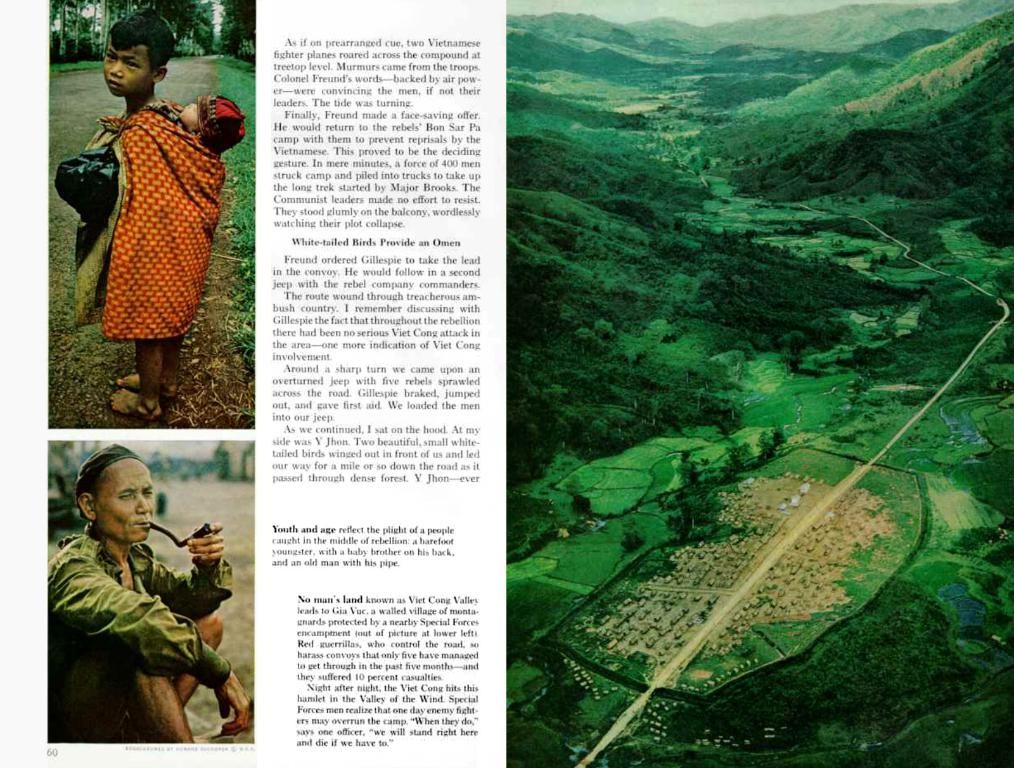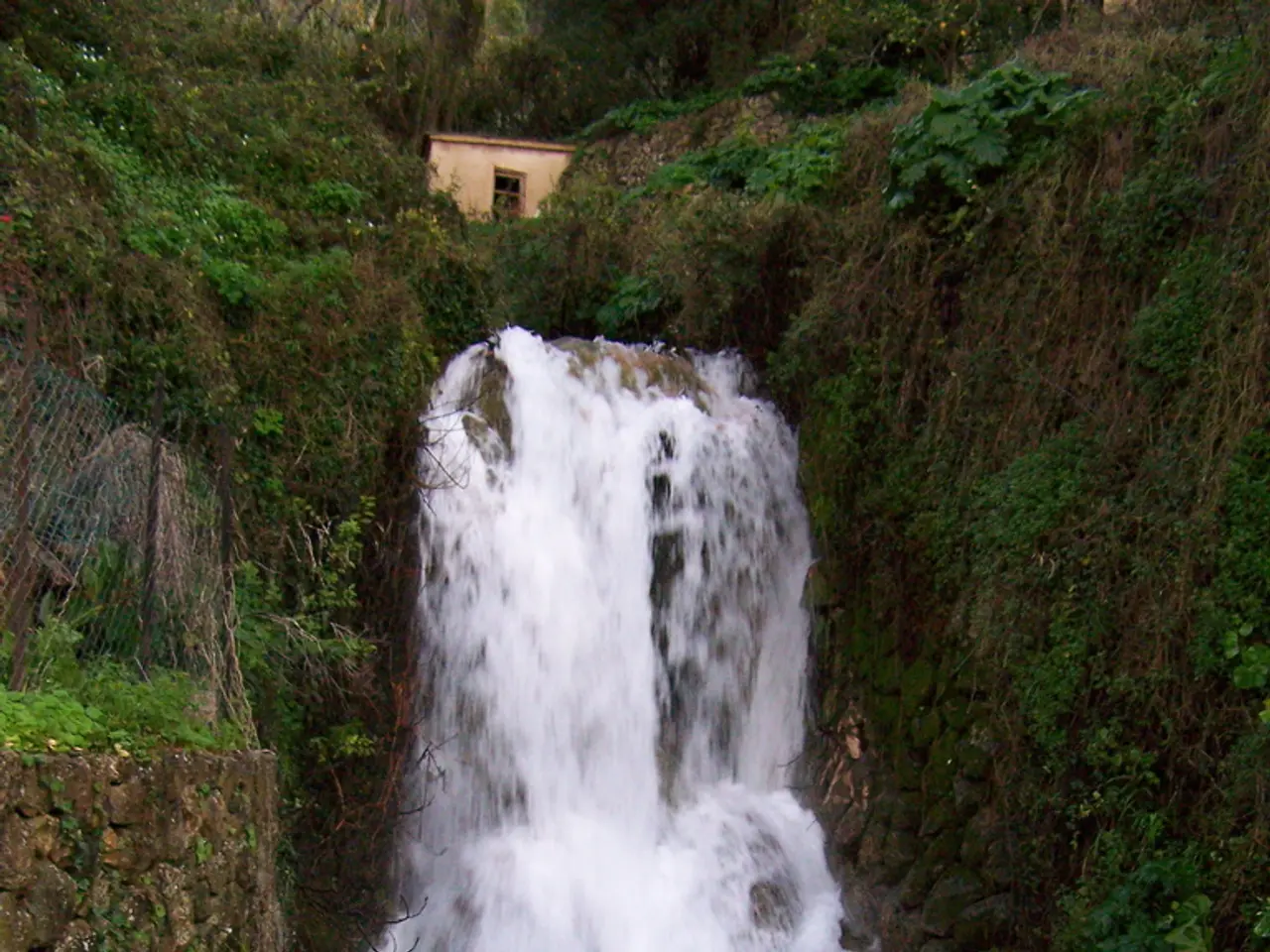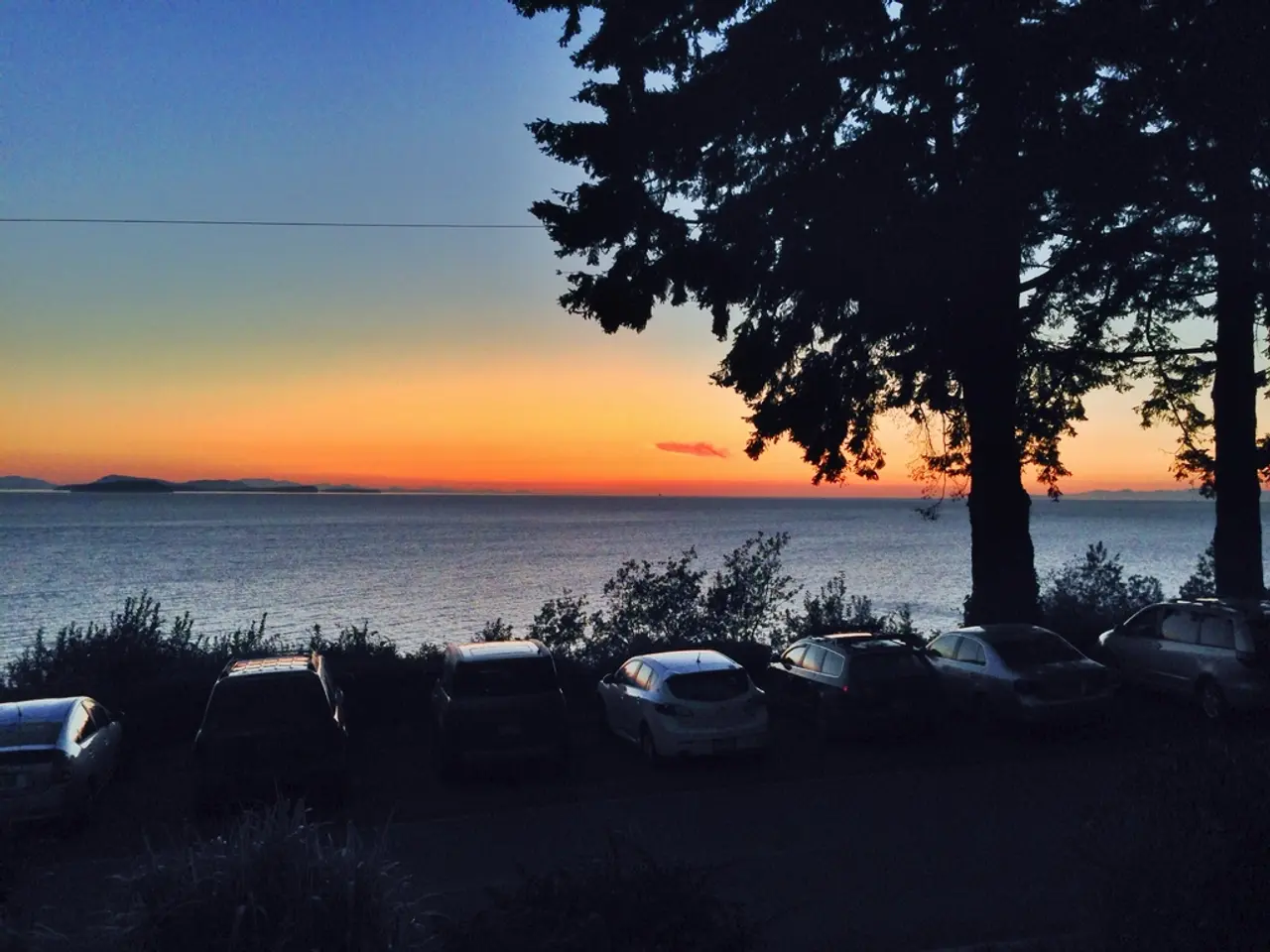Politician in India advocates for prohibiting mountaineers from scaling the third-highest global peak to preserve alleged sacred sites.
Let's talk about banning climbers from scaling Kangchenjunga, the sacred third-tallest mountain
The bigwigs in Sikkim, India, are unhappy about a certain group of daredevils scampering up Kangchenjunga, the 28,169ft (8,586m) tall mountain straddling the Sikkim-Nepal border.
Prem Singh Tamang, Sikkim's Chief Minister, wants these audacious climbers to keep their feet on the ground. Tamang firmly believes that scaling this sacred mountain is a violation of deeply held religious beliefs and legal provisions.
In a stern letter to India's Home Minister, Tamang expressed his concerns, stating they are not just a matter of serious worry but a disrespectful intrusion on sacred territory. The proposed ban on climbing Kangchenjunga targets all routes leading to the peak, not just those on the Sikkim side.
The mountain of immense religious significance is home to the Dzo-nga, a mythical deity, and is whispered to hold a legendary Valley of Immortality within its slopes. The mountaineering community primarily consists of around 30 to 50 expert climbers that make the ascent each year. The last Indian climb from Sikkim was in 2000, and Tamang wants to extend the ban to all climbing routes, including those in Nepal.
Tamang's demands are backed by India's 1991 Places of Worship Act, which forbids climbing sacred sites. Other significant summits, such as Everest, carry similar religious significance, making these peaks off-limits to climbers according to some.
Recent ascents by Indian climbers last month, including a team from the National Institute of Mountaineering and Adventure Sports of Arunachal Pradesh, have added fuel to the fire. The debate gets even steamier when Nepali guides assist these climbers on their climb via the legal Nepalese route.
Kangchenjunga, although less famous than Everest, has long been an icon of the epic Himalayas. British climbers Joe Brown and George Band conquered Kangchenjunga in 1955 and received worldwide acclaim for their daring feat, which is considered an even greater achievement than Everest's first ascent two years earlier.
Notable climbs on Kangchenjunga include the first ascent without supplementary oxygen by British climbers Doug Scott, Peter Boardman, and Joe Tasker in 1979. The latter two, unfortunately, perished on Everest's North East Ridge while Doug Scott went on to win the Walter Bonatti Lifetime Achievement Award at the Piolets d'Or ceremony in 2011.
Other peaks in the Himalayas are considered sacred, like Nepal's Machapuchare, which is held in special spiritual significance by the local population, and Everest, known as Chomolungma (Goddess Mother of the World) in Tibet and Sagarmatha in Nepal. The name Everest was given in the 19th century to honor Sir George Everest, a former Surveyor General of India, who was actually against the naming himself.
Mountains like Kangchenjunga are part of a larger discussion about the importance of respecting sacred sites and preserving their sanctity for future generations. If the proposed ban comes to pass, Indian climbers will need to carry out their conquests elsewhere.
Sports-analysis reveals a passionate debate surrounding the potential ban on climbing Kangchenjunga, with some arguing that this holy mountain should be off-limits for sports-betting enthusiasts, as the sacred site holds immense religious significance. The proposed ban, if implemented, could potentially redirect Indian climbers towards other peaks for their sports-related pursuits.








